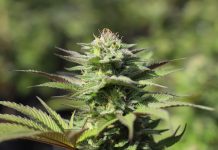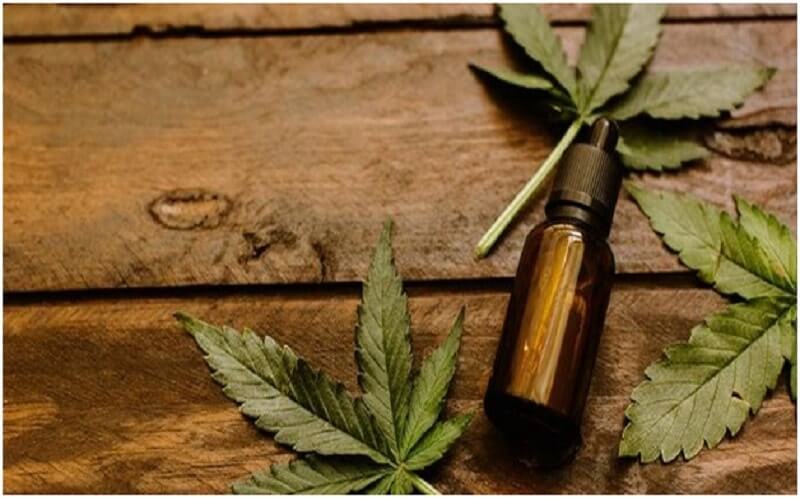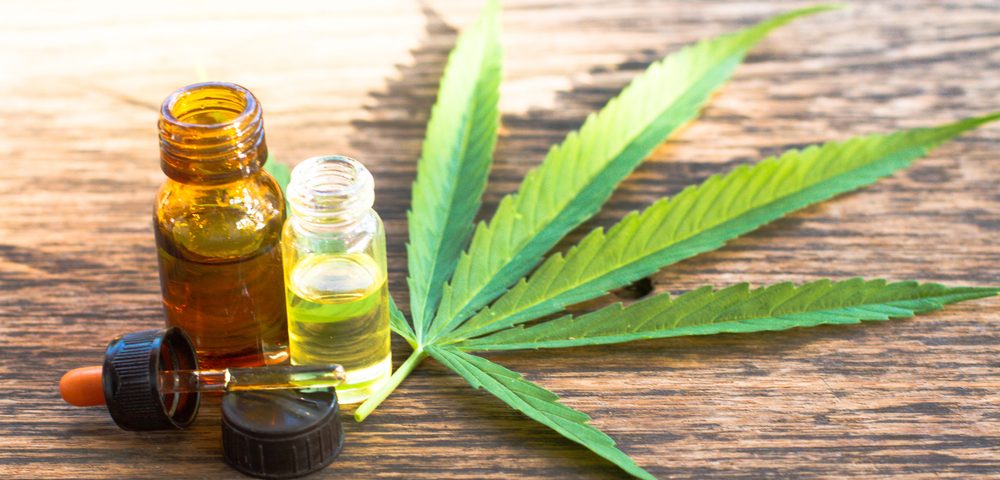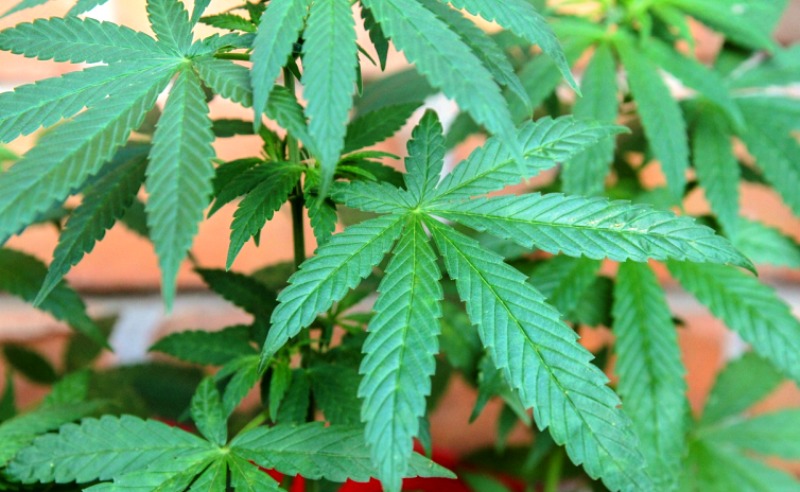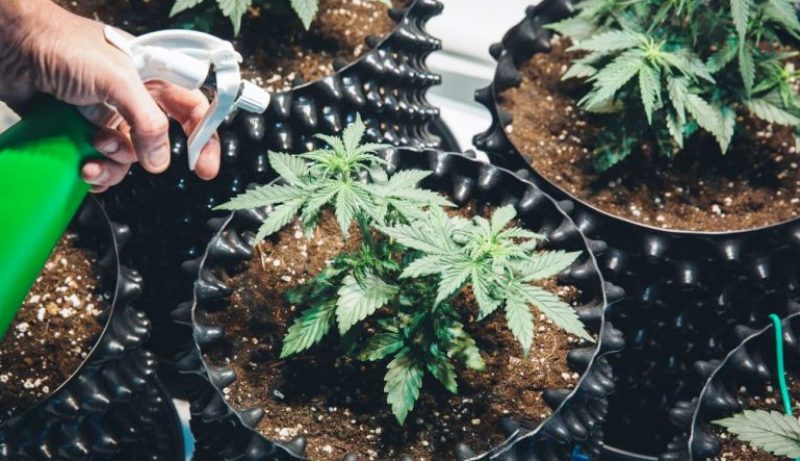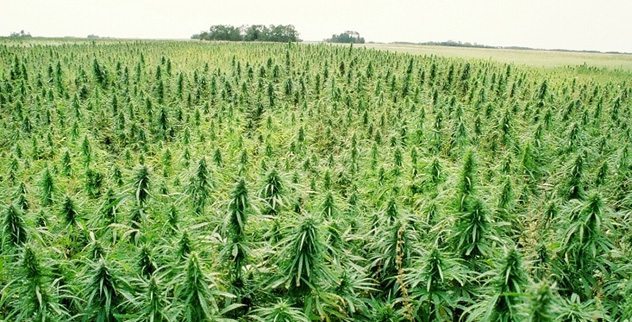Cannabinoids are compounds that are found inside the cannabis plant. They received a lot of attention after the increase in medicinal marijuana and after the proliferation of legalization campaigns around the world, especially in the United States.
CBD is one of the most discussed cannabinoids found in marijuana. This non-psychoactive compound has conquered the world in no time as it is the subject of new studies that explore and confirm the potential of cannabis as a medicine.
The world of Cannabis is vast and while we have made tremendous progress in understanding the complexity of this plant, there is still a lot to learn about the potential of cannabis. However, with the changing views on the plant and with increasing efforts to support legalization, we think it will not take long before cannabinoids, such as CBD, are reopened, openly in the medical world, just as they were hundreds if not thousands of years ago. Let us go inside The History of CBD.
The History of Cannabis
To better understand the importance of CBD, it is useful to have basic knowledge of the history of the cannabis plant. Cannabis or Cannabis Sativa is a genus of flowering plant, which grows naturally in different parts of the world, especially in tropical and humid areas and also in mountainous regions. It is an extremely versatile plant that, despite being illegal in most of the world, has played an important role during the history of mankind.
The first reports on cannabis or cannabis use are dated around 2300 BC, in a classic Chinese book known as Shu King. The Chinese used cannabis to produce strong, robust fibers to make clothing and ropes. They also used it as a medicine to treat different diseases ranging from rheumatism to menstrual cramps.
Fragments of hemp fiber have also been found in ancient Chinese burial chambers, dated around 1000 BC. Other archaeological evidence suggests that the cultivation and use of cannabis in China were dated 10000 BC, making it clear that cannabis was an important industrial crop for a long time despite its recent prohibition. However, cannabis use was not exclusive to China. The plant was also cultivated in India for thousands of years, where it played a particularly important role in various spiritual practices and ceremonies.
The Botanic of Marijuana
Classify the cannabis plant and much more difficult than it may seem. Currently, there are 3 natural variations of known cannabis, Sativa, Indica, and Ruderalis. There are some debates on how these varieties should be treated as 3 different species or 3 varieties of the same species. For the purpose of this article, we will treat Indica, Sativa, and Ruderalis as 3 subspecies of the genus cannabis Sativa.
The easiest way to discover all these subspecies is to divide them by their morphology. Sativa plants can grow extremely tall, easily reaching heights over 2 meters. Usually, they are vaguely branched and have narrow, light green leaves. The plants indicate instead, they grow low and bushy, often reaching a maximum height of about 1-1.3m. They are densely branched and usually have broad, dark green leaves.
CBD: The main Cannabinoids
Cannabinoids have recently received a lot of attention, especially for their incredible medicinal potential. Although THC was the most interesting in recent decades, CBD is now receiving most of the attention as a medicinal substance. The CBD, or Cannabidiol, is a compound that is found in the cannabis plant and extracts.
It is about 40% of the plant and it is not psychoactive. This means that it does not produce any kind of alteration, unlike THC. Mechoulam was motivated by research to find out which compounds give cannabis its unique effect since the chemistry of other drugs (such as cocaine and opium) were already well known at the time.
The potential of Cannabinoids
Since the discovery of the endocannabinoid system and cannabinoids such as THC, CBD, and many others (cannabis contains over 100 different unique cannabinoids), scientists around the globe have tried to isolate these compounds to study them and understand their effects. Today, some of the most commonly cited cannabinoids Arem, THC, CBD, CBN (cannabinol), CBDV (Cannabidivarine), CBG (cannabigerol), and CBC (Cannabichromene). However, there are many others.
The effects of these compounds vary widely. The CBD, for example, has been shown to be.
• Anti-inflammatory
• Antioxidant
• Anxiolytic
• Antidepressant
• Analgesic
• Antitumor agent
• Antipsychotic
The future of the CBD and Marijuana medicinal
The world of cannabis is vast and while we have made tremendous progress in understanding the complexity of this plant, there is still a lot to learn about the potential of cannabis. However, with the changing views on the plant and with increasing efforts to support legalization, we think it will not take long before Cannabinoids, such as CBD, are reopened, openly in the medical world, just as they were hundreds if not thousands of years ago. However, the industrial, spiritual, and medicinal use of cannabis do not end there.
Conclusion:
The plant is disseminated around the world and was also eventually cultivated and used openly in Europe. When the European nations began to colonize “The New World”, they brought Cannabis with them and were eventually introduced into the Americas. For example, cannabis is believed to be the main ingredient of soma, a traditional Vedic drink, used during religious ceremonies. Hindus often consume bhang, another type of cannabis-infused drink, during annual holidays and celebrations. The use of charas (commonly called “finger hash”) plays an integral role in Hindu spiritual ceremonies.







